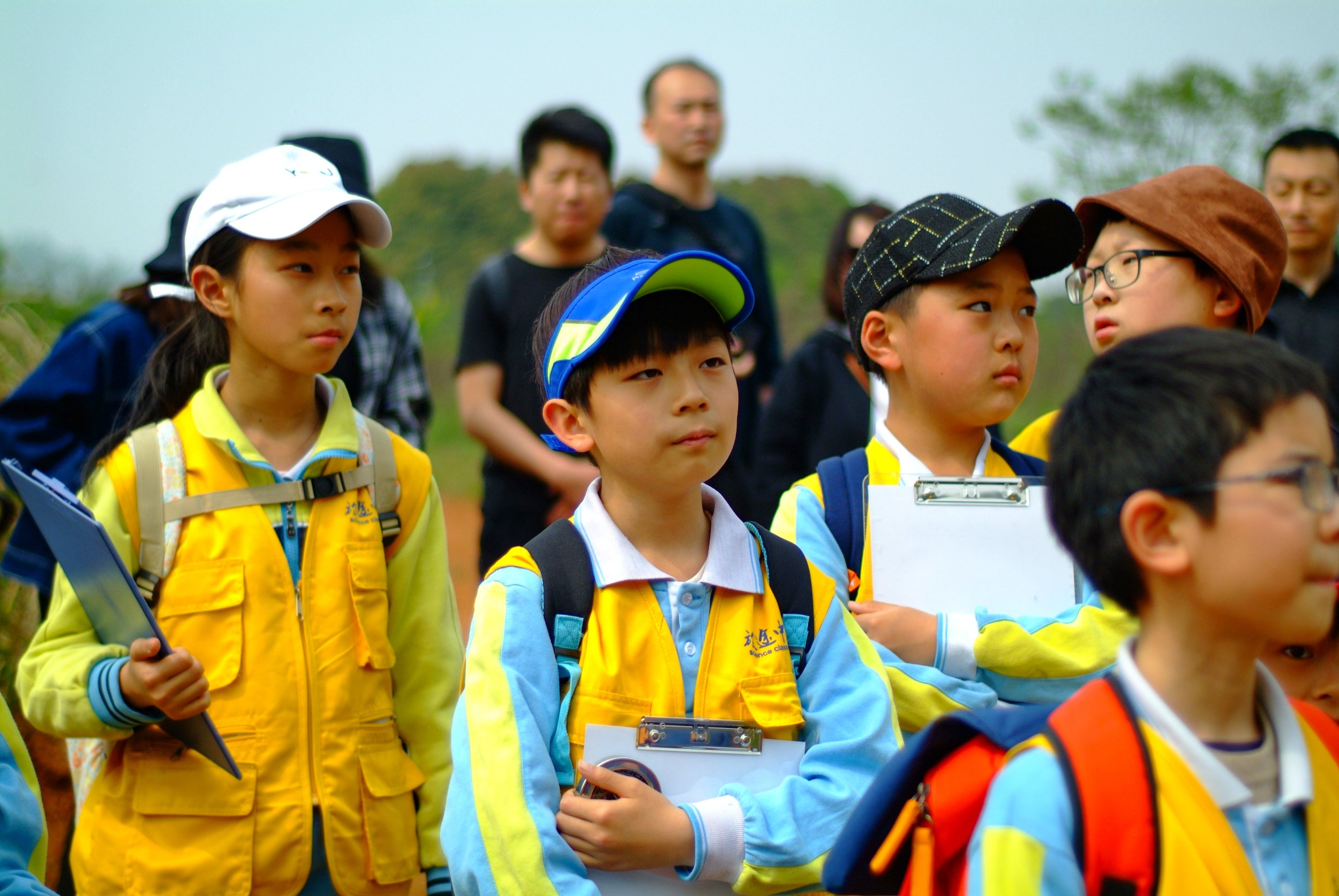
> TRAVEL FILES <
THE SIGN HUNTERS
@thesignhunters • #thesignhunters • #handfulsadventures • #apiginchina
CHINA: Collecting magnetite in Tanger village
Written by Laszlo, 30 April 2021
It is the 30th April today, which marks the last day in a month I can still post a new blog. If you are a regular reader, you know that I moan about the lack of available time every month, almost in every post I write. Of course, not everything is all about the free time; this includes myself who I also need to blame for inefficiency, but I have become a little bit overwhelmed with many things and I just cannot fully focus on writing blog posts that are eventually read by only a handful of people. This does not mean, however, that I am not thankful. Here I am and I still try though, and I appreciate you of visiting my site and checking out my activities and content.
This post today is not only being posted on the last day of the month, but it is also a short one both in its information and visual context - though it is not the shortest and most boring ever. The reasons is simple: I am actually running out of content material. This does not mean that I do not spend time outdoors or travel regularly, it simply means that I cannot come across many new places where there is something interesting to capture with the camera and these places would also - at the same time - have a welcome sign. Since these two ingredients I need to bake this cake, I currently struggle with content creation.
Let me get not too far from the original topic though! Today I am going to share some photos with you from the latest Chovan Science Class trip that we had about two weeks ago. The field work was focused on finding magnetite - a ferromagnetic mineral that can be turned into a magnet - therefore, our group travelled to Tang'er village (棠二村) in Shaoxing (绍兴市) - near Maoyangling village (茅秧岭) - and visited an iron ore quarry called Lizhu iron mine (漓渚铁矿). In this inactive part of the mine, beside magnetite, biotite, diopside, dolomite, galena, hematite, molybdenite and sphalerite can also be found in skarn-type iron deposits. The original sedimentary rock that gave the foundation to the later metamorphosed rock and iron ore was formed 540 million years ago. The magmatic age (granite) that played a key role in the metamorphism formed 153-197 million years ago. It was time for somebody to pick these pieces of Methuselah up.


















